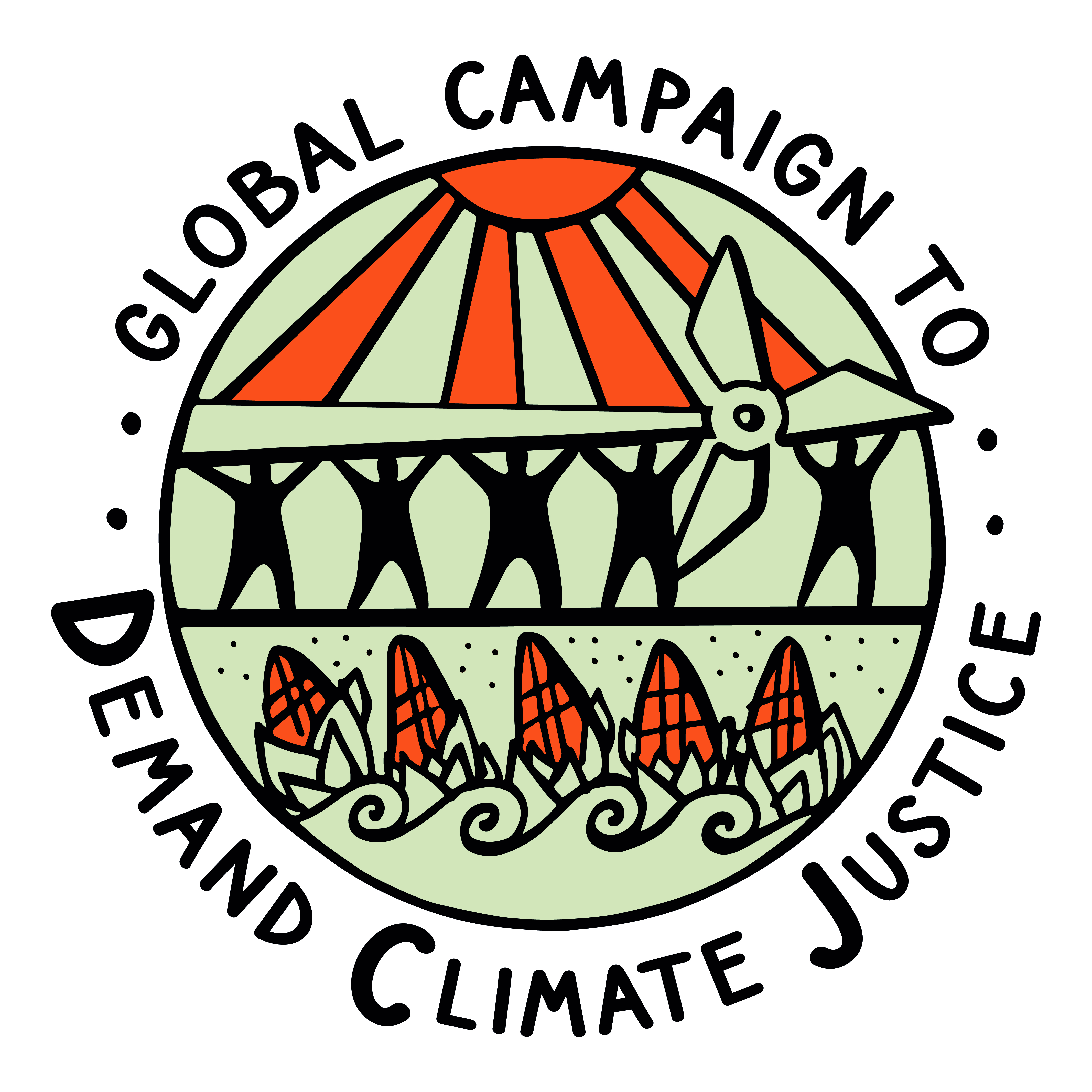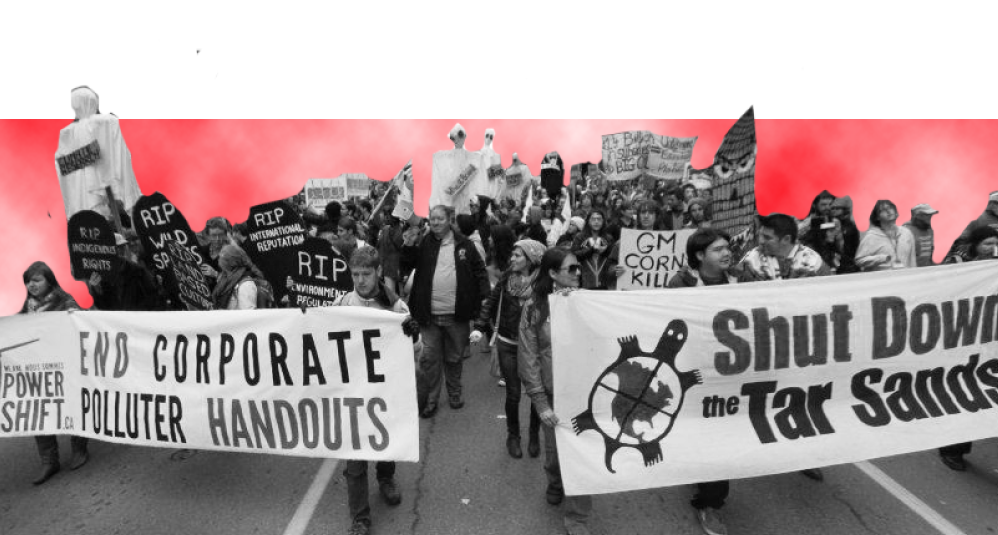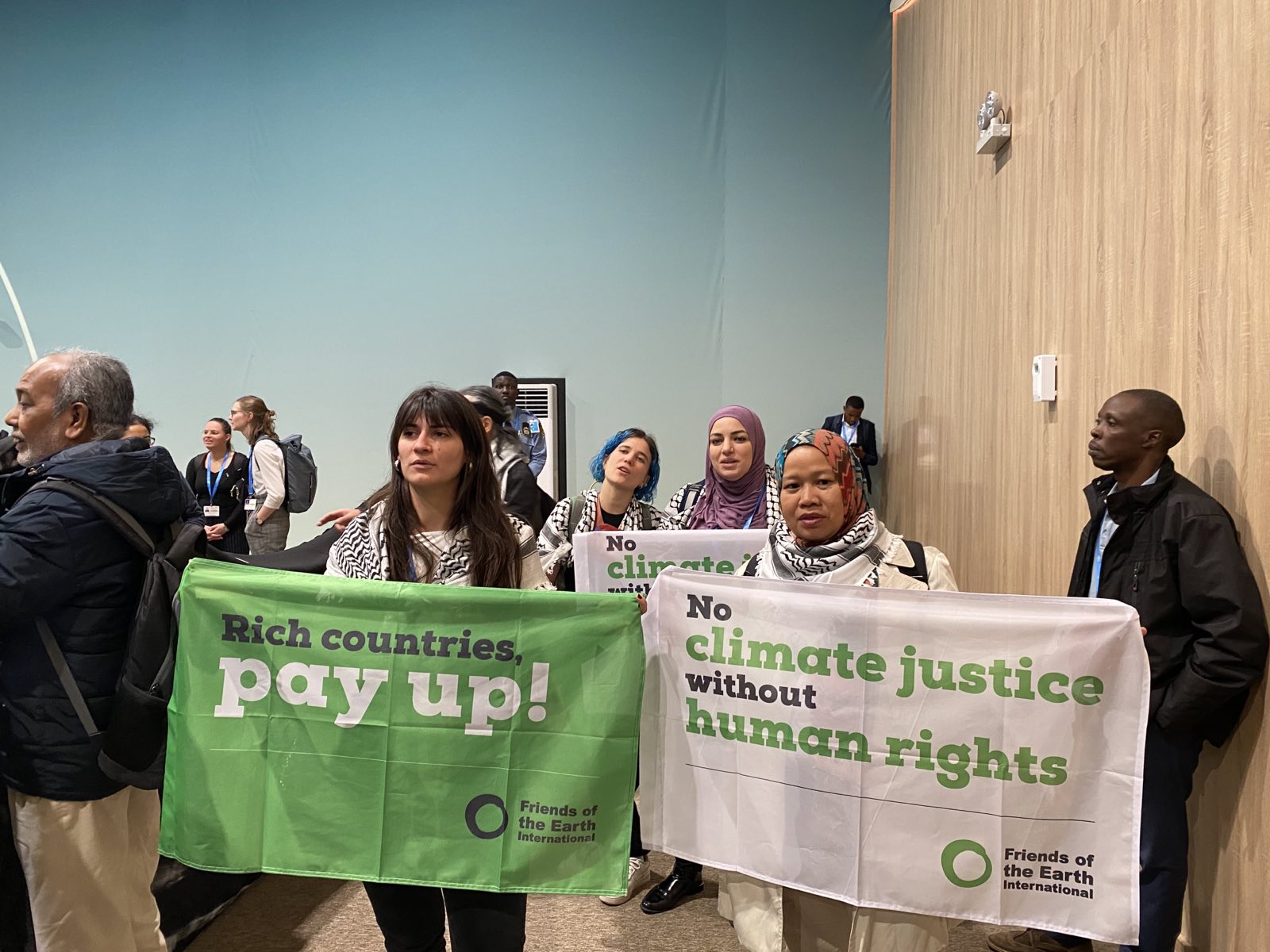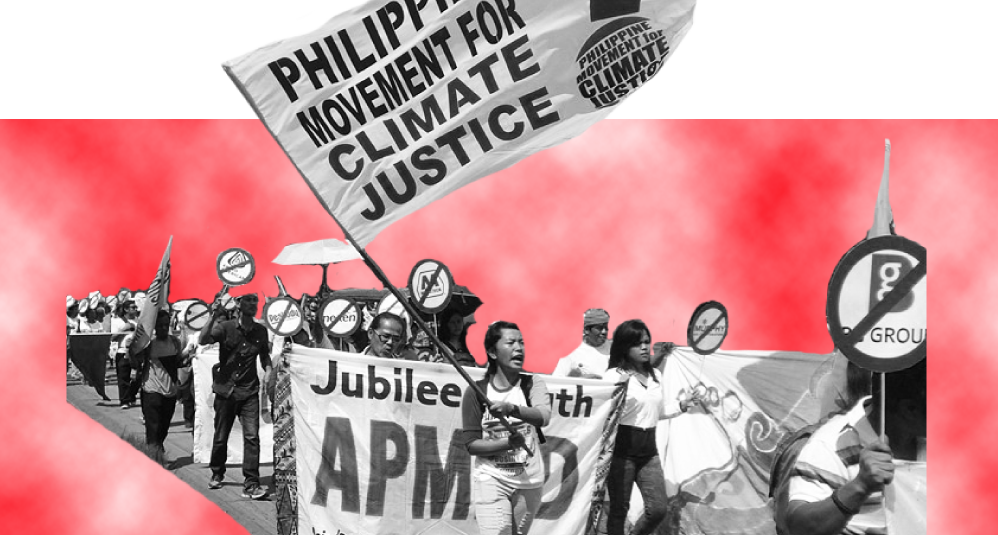Intervention by Global Campaign to Demand Climate Justice at Roundtable on Means of Implementation at TED 1.3
Delivered by Meena Rama, Third World Network on behalf of ENGO – DCJ
There is a clear need for an honest assessment of the lack of adequate progress on the moi, without beating around the bush. We talk of raising ambition on climate actions, but we do not see the reciprocal ambition on the means of implementation for developing countries.
There is evidence to indicate the following:
- Developed countries have collectively failed in meeting their commitments on the provision and mobilisation of the financial resources that have been agreed to. This is borne out by –
- The failure to mobilise the US$ 100 billion per year by 2020 and even up till now. While the numbers of what exactly has been mobilised and delivered vary in the SCF reports, the fact of failure to meet this commitment in a timely manner is loud and clear. This is a pre-2020 implementation gap which has been carried over to the pre-2025 timeframe.
- This 100b goal is not based on the needs of developing countries but was a political number arrived at in Copenhagen, as we all know.
- The SCF’s Needs Determination Report clearly indicates that what is needed at least in the pre-2030 timeframe is around $ 5-11 trillion, even with only 30% of the costs estimated in the NDCs of developing countries. Hence, the needs far outweigh what is currently available.
- Even the promise to deliver on the doubling of adaptation finance is far from what is needed, as seen from the various reports from various UN agencies.
- The Green Climate Fund and the Adaptation Fund are languishing for funds, as numerous projects in the pipelines are not able to be funded.
- Much of what has been provided including from the MDBs are mainly loans, with only a small portion being grants. With more and more developing countries in debt distress, loans are not the right instrument. There is clearly a greater need for non-debt creating instruments.
- Access to funds have not been easy to the limited funds available at the operating entities of the financial mechanism – the GCF and the GEF – with cumbersome procedures and slow disbursements. Intermediaries have largely been international entities as opposed to direct access entities from developing countries.
- The much hype about private finance and investment flows into developing countries. According to the SCF technical report on the 100b mobilisation report, the expectation for private finance mobilization has been severely an underperformance. The World Bank’s own ‘Scaling Solar’ project to try and leverage private finance for renewable energy projects only managed to leverage 28c private finance for every 1$ of public finance, and only with the support of generous guarantees, tax breaks and subsidies.
- Furthermore, access to low-cost finance is uneven as the cost of capital differs substantially between regions, with developing countries often paying an interest rate many times more to private creditors than other official creditors.[1]
- From recent IEA report on energy, the high cost of capital and rising borrowing costs threaten to undercut the economic attractiveness for investments in clean energy in developing countries, and that most of the positive trends in clean energy investments are leaving developing countries behind
- There are also studies which show that while international financial institutions (IFIs) have made progress, for example with increased climate financing and coordination from Multilateral Development Banks (MDBs), a Special Drawing Rights (SDR) allocation in 2021, and a new Resilient and Sustainability Trust (RST) from the International Monetary Fund (IMF), but IFIs have also been slow to release their financial firepower to meet the demonstrated need,[2] and continue to prioritise de-risking modalities which have little evidence of success.
- There are genuine concerns over use of Article 2.1c as a way to impose new conditionalities for accessing finance in the name of enabling environments and to shift the burden and responsibility onto developing countries, contrary to article 9 of the PA. Should not make it difficult for developing c to access finance for meeting their NDC implementation.
Technology gap –
- In the area of climate technologies and their accessibility and transfer from developed to developing countries, progress has been insignificant and abysmal. This reality is clear.
- There is indeed a technology gap which needs to be addressed for climate technologies to developing countries. There is evidence that there are intellectual property rights concerns where developed countries dominate in climate technologies patent ownership, production and trade.
- There are reports including from UNEP, UNCTAD and WIPO that show the dominance of developed countries in relation to low-carbon technological innovations. But these are missing in the assessment. Between 1990-2015, 80% of all low-carbon technological inventions were concentrated in developed countries. The fact that most patents for climate-relevant technologies are in developed countries has significant implications on technology transfer possibilities, as the design and use of such technologies may not be directly responsive to the needs of developing countries.
- These implementation gaps in finance and technologies will be further exacerbated by developed countries’ carbon border measures and unilateral trade measures including non-tariff barriers that grossly disadvantage developing countries. The implications of CBMs is missing in relation to the response measures.
- We are good in this process of setting up institutions but real delivery of the moi for delivering is not significant.
If the GST is to have meaning, it must address these gaps and challenges, not repeat the failures and mistakes and dramatically course correct. If there is political will, there will be a way. Need to see that will to realise the hopes and aspirations of esp. of the poor and the planet.
[1] Eurodad, 2021. Sleep now in the fire: Sovereign Bonds and the Covid-19 Debt Crisis. https://www.eurodad.org/sovereign_bonds_covid19;
[2] An Independent Review of Multilateral Development Banks’ Capital Adequacy Frameworks, 2022. Boosting MDBs’ investing capacity. https://g20.org/wp-content/uploads/2022/07/CAF-Review-Report.pdf






